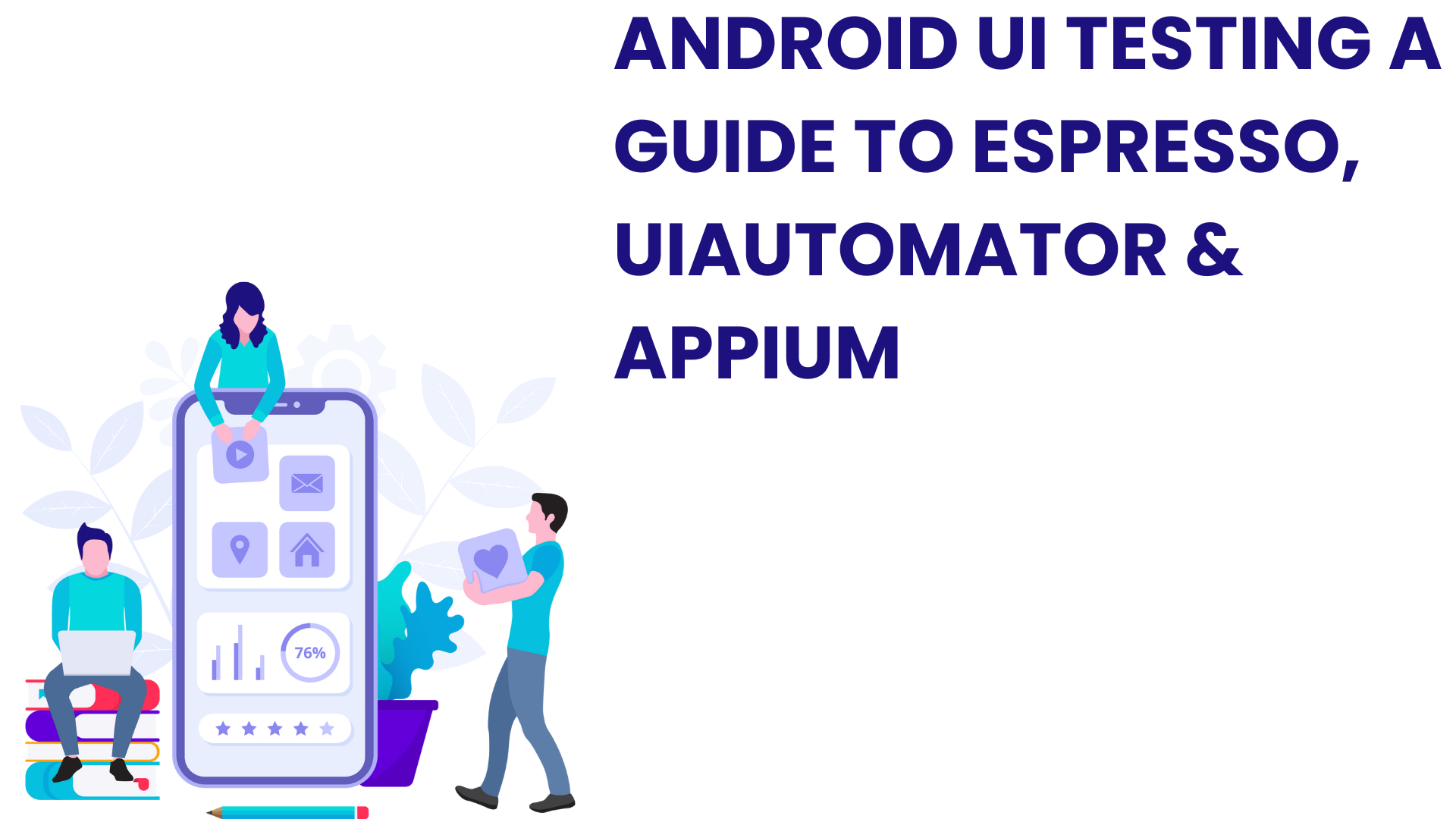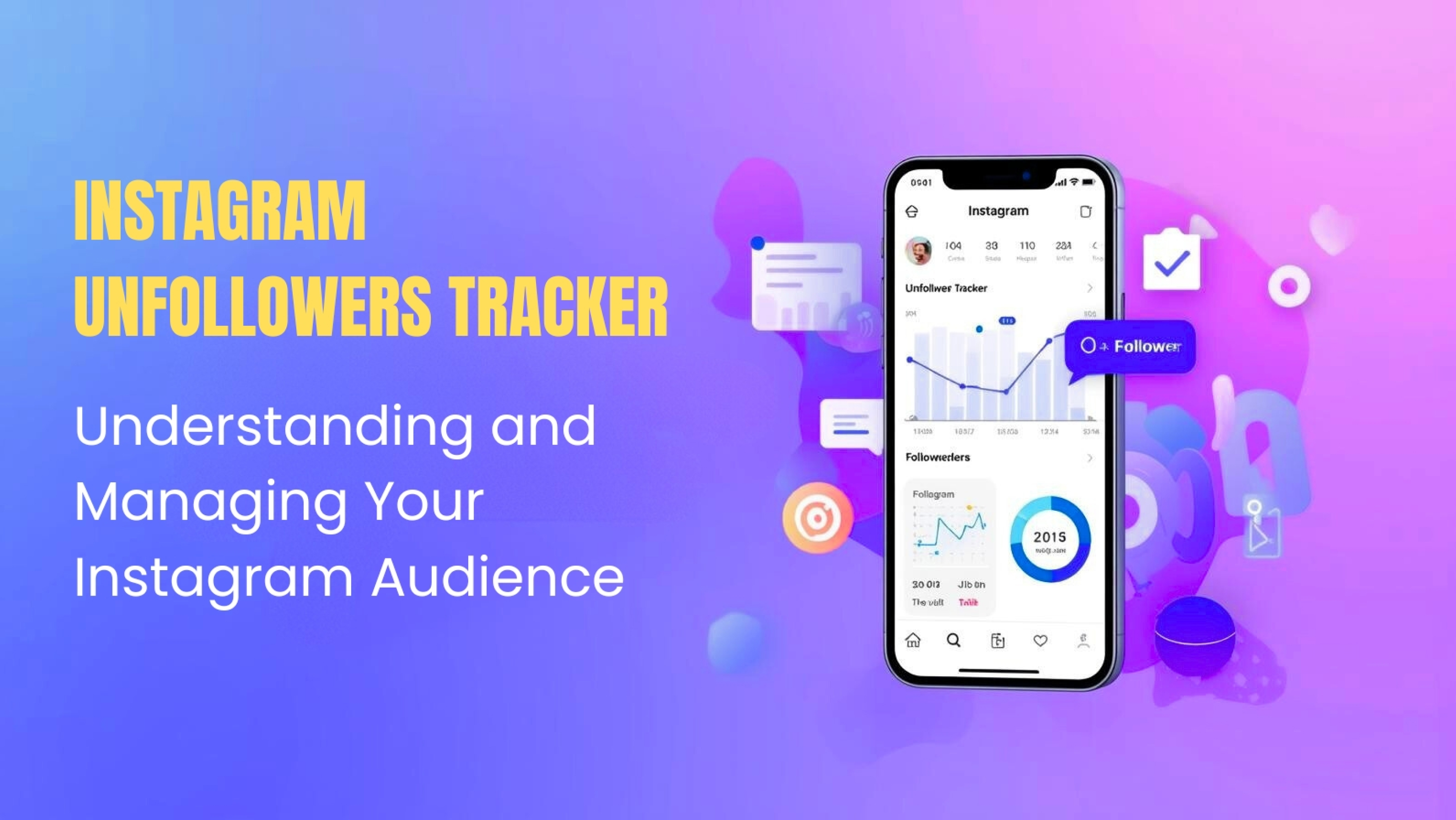In the era of Android application development, delivering a responsive & flawless UI is supreme. Automated UI tests have become a critical approach to ensure apps run optimally across distinct OSs & gadgets. This guide delves into three well-known tools in Android automation: Appium, Espresso, and UIAutomator. Whether you are developing on an Android emulator Mac or installing to physical devices, knowing these test automation frameworks will improve your test strategy and contribute to creating dynamic apps.
Understanding Espresso, UIAutomator & Appium
1.Espresso
It is a test framework introduced by Google for writing accurate User Interface (UI) tests for Android apps. It gives an easy and consistent API that enables software developers to replicate user interactions within an application. Espresso is renowned for its synchronization and speed proficiencies, guaranteeing that tests run flawlessly without flakiness. It is predominantly suited for white-box tests, where the QAs can access the app's codebase.
Key Traits:
* Ease of Usage: Its API is straightforward, making it available for QA & software developers to create & manage tests.
* Synchronization: Automatically streamlines test activities with the User Interface thread, minimizing the likelihood of flaky testing.
* Incorporation: It flawlessly incorporates with Android Studio & supports tests on both actual gadgets & emulators.
Use Case:
It is perfect for testing the User Interface of a single app, guaranteeing that user interactions produce the projected results within that application. But it has a restricted capacity to interact with system apps or run cross-app tests.
2.UIAutomator
It is yet another test framework introduced by Google, created for cross-app functional User Interface tests across system & installed apps. It enables QA engineers to communicate with visible components on a device, irrespective of which app is in focus. This test automation tool is appropriate for black-box testing, wherein testing is performed without access to the app's internal code.
Key Traits:
* Cross-App Tests: Proficient in interacting with several applications & system User Interface elements during a single test.
* Backward Compatibility: Supports gadgets executing Android 4.3 (API level 18) & advanced versions.
* Access to Device State: Gives APIs to access device properties & run operations such as pressing hardware buttons or modifying the device orientation.
Use Case:
This tool is perfectly suited for situations that necessitate interaction with several apps or system elements, like testing the app behavior when a new notification comes or when shifting between applications.
3.Appium
It is a free, open-source, cross-platform automated test tool that enables QAs to write User Interface (UI) testing for mobile apps on both iOS & Android platforms using a similar API. It aids testing of hybrid, native, & mobile web apps. It also leverages the WebDriver protocol to communicate with applications, allowing code reusage across diverse platforms.
Key Traits:
* Cross-Platform Support: Allows tests of both iOS & Android apps using a combined API.
* No App change needed: Testing can be performed without the requirement to change the application's source code or incorporate extra agents.
* Programming Language Flexibility: Supports multiple languages, counting C#, Python, Java, Ruby, etc.
Use Case:
This tool is perfect for teams aiming to manage a single test suite for both iOS & Android platforms, facilitating code reusage & minimizing maintenance efforts. It is mainly useful for black-box tests of apps where access to the source code is restricted.
Finding the Appropriate Tool
Choosing the right test framework depends on multiple factors, counting the scope of tests, platform necessities, and the necessity for cross-app interactions. Let us find out a comparative overview to aid in decision-making:
1. Espresso
* Scope: Focused on user interface tests within a single app.
* Programming Languages: Kotlin & Java.
* Platform: Only Android.
* Integration: Smoothly incorporates with Android Studio.
* Strengths:
- Reliable and fast because of automatic synchronization with the User Interface thread.
- Easy API, facilitating simple test generation & maintenance.
* Drawbacks:
- Restricted to testing within the application; not appropriate for system-level or cross-app interactions.
- Necessitates access to the app's source code.
2. UIAutomator
- Scope: Launched for system user interface & cross-app tests.
- Programming Languages: Java.
- Platform: Android only.
- Integration: This can be used along with other frameworks or independently.
- Strengths:
- Capable of communicating with various applications & system elements.
- Access to device state info & hardware buttons.
- Drawbacks:
- Less suitable for comprehensive, within-app User Interface tests in contrast to Espresso.
- Necessitates devices running Android 4.3 (API level 18) or an advanced version.
3. Appium
- Scope: Cross-platform tests for hybrid, native, & mobile web apps.
- Programming Languages: Supports multiple languages, counting Python, Java, C#, and Ruby.
- Platform: Supports both iOS & Android.
- Integration: Operates as an independent server; can be incorporated with multiple development environs.
- Strengths:
- Enables code reuse across iOS & Android platforms.
- No need to change the application's source code for tests.
- Drawbacks:
- Usually, slower test implementation compared to Espresso.
- Might require more complicated setup & maintenance.
Decision Factors:
|
Feature |
Espresso |
UIAutomator |
Appium |
||
|
Platform Support |
Android only. |
Android only. |
iOS & Android. |
||
|
Testing Scope |
Single app. |
Cross-app & System User Interface. |
Cross-app & Cross-platform. |
||
|
Programming Language |
Java. |
Java. |
Multiple (C#, Ruby, Python, Java, etc.). |
||
|
Integration |
Tight incorporation with Android Studio. |
Standalone tool. |
Needs extra setup. |
||
|
Synchronization |
|
Manual synchronization is required. |
Relies on WebDriver synchronization. |
||
|
Use Case |
Integration & Unit testing within an application. |
Testing interactions across application & system elements. |
Unified tests for iOS & Android applications. |
||
|
Access to Source Code |
Needs access to the app's source code (white-box tests) |
Can be used without access to the source code (black-box tests). |
Can be used without access to the source code (black-box tests). |
Improving Android Automated Tests with LambdaTest's Android Emulator for Mac
In Android automation tests, ensuring your apps run smoothly across multiple devices & OSs is supreme. LambdaTest provides an AI-native test execution platform that facilitates all-inclusive tests of Android sites & applications. For software testers using a Mac, LambdaTest gives an Android emulator that allows tests across an extensive suite of virtual Android gadgets directly from your Mac environment. This removes the necessity for intricate local setups and confirms your apps are compatible with distinct Android versions & gadget configurations. By incorporating LambdaTest into your QA strategy, you can improve the reliability and effectiveness of your Android automation efforts, delivering a higher user experience.
LambdaTest's Android Emulator Mac provides multiple key features that improve the Android automated test process:
* Support Various Android Versions: Test apps across distinct versions of Android, allowing authentication of app compatibility with both newer & older operating system releases.
* Comprehensive Device Coverage: Access an extensive suite of virtual Android gadgets, counting popular models such as Google Pixel & Samsung Galaxy, ensuring comprehensive tests across multiple gadgets & OS versions.
* Parallel Test Capabilities: Conduct parallel testing on Android emulators using incorporated frameworks such as Appium, significantly decreasing test time and expediting release cycles.
* Mobile Browser Simulation: Emulate the mobile browsing experience to confirm wthat eb apps are responsive & function flawlessly on mobile devices.
* Incorporation with Debugging Tools: Use native debugging tools for testing & debugging code across diverse mobile browsers and device emulators directly from Mac devices.
* Geolocation Tests: Run geolocation testing across 50+ geographies, guaranteeing apps run optimally for users in distinct regions.
* Support for Locally Hosted Applications: Use UnderPass, a Graphical User Interface (GUI) application that aids in launching privately hosted or locally Android applications on an Android emulator Mac without the necessity for additional setups & maintenance.
By implementing these traits, experts can ensure their Android apps deliver reliable, consistent, and superior-quality user experiences across distinct machines & OSs.
Conclusion
Applying effective user interface (UI) tests is crucial for delivering top-quality Android apps. Appium, UIAutomator, and Espresso each provide exclusive features tailored to distinct test demands. Espresso excels in accurate & rapid tests within a single application; UIAutomator is well-suited for system-level & cross-app tests, whereas Appium offers a versatile solution for cross-platform tests. By understanding the strong points & use cases of every single test automation framework, expert teams can pick the suitable tool to improve their test strategy and guarantee a robust user experience.
To further improve test coverage and effectiveness, incorporating a cloud-centric AI-based platform such as LambdaTest can be truly advantageous. This pristine platform provides an online Android emulator that enables you to test your apps across an extensive set of virtual Android gadgets directly from your Windows or Mac device. This removes the necessity for intricate local setups and confirms your apps are compatible with several versions of Android & device configurations. By embracing LambdaTest's competencies, you can restructure your Android automation test procedure, certifying your apps deliver a reliable & top-quality user experience across distinct machines and OSs.
Frequently Asked Questions (FAQs)
●What is the key purpose of Espresso in Android User Interface (UI) tests?
Espresso is one of the most popular test automation frameworks introduced by Google for crafting concise and consistent UI tests for Android apps. It enables experts to replicate user interactions within a single application to confirm that the user interface behaves as projected. Espresso is well-known for its synchronization & ease capabilities, making it suitable for white-box tests where QAs have access to the app’s codebase.
●How does Espresso differ from UIAutomator?
UIAutomator is perfectly developed for cross-app functional UI (user interface) tests, enabling interactions with several applications & system UI elements. Contrasting Espresso, which concentrates on tests within a single app, UIAutomator can run operations across distinct applications on a machine, making it fit for black-box test scenarios.
●Is it possible to use Appium for both iOS & Android tests?
Yes, Appium is a standard cross-platform automated test tool that aids in testing both iOS & Android apps. It can write tests using a similar API for several platforms, enabling code reusage & restructuring the test procedure that targets both OSs.
●What are the benefits of using Espresso over other test frameworks?
Espresso proffers multiple benefits, counting:
- Ease of Usage: Its API is easy & simple to learn, enabling rapid test development.
- Incorporation with Android Studio: As a portion of the Android system, it incorporates Android Studio easily, upgrading the development system.
- Automated Synchronization: It automatically organizes test activities with the User Interface (UI) thread, minimizing the possibility of flaky testing.
●Is it possible to use Espresso for test communications between diverse apps?
No, Espresso is chiefly developed for testing within a single app. For test interactions that span several apps or include system user interface (UI) elements, UIAutomator is suitable, as it supports cross-app tests.
●How does Appium interact with Android apps during tests?
This test automation tool uses the WebDriver protocol to communicate with Android apps. It supports several drivers, counting the UIAutomator driver & Espresso driver, enabling QA specialists to pick the most appropriate framework for their test needs.
●Are there any in-built synchronization mechanisms in Espresso to manage user interface (UI) interactions?
Yes, Espresso automatically manages synchronization between the app's UI thread & the test code. This built-in synchronization guarantees that activities are conducted only when the app is appropriate, reducing the possibility of flaky testing.
●What are some best practices for creating unfailing tests with Espresso?
- Use ViewActions & ViewMatchers Efficiently: Use Espresso's ViewMatchers to find User Interface (UI) elements & ViewActions to accurately run user interactions.
- Keep Tests Independent: Guarantee that every single test can run independently without depending on the state left by earlier testing.
- Implement Idling Resources: For operations including asynchronous jobs, apply Idling Resources to synchronize the tool with background procedures, ensuring accurate test implementation.
●How does the selection between black-box & white-box tests impact the choice of these frameworks?
Espresso is usually beneficial for white-box tests, where QA engineers have access to the app’s internal code structure. In contrast, Appium & UIAutomator are well-suited for black-box test situations, as they don’t need access to the app’s source code & communicate with the app's UI components directly.
















Post Comments